Ferrara
- Famous Amos
- Ferrara
- Ferrero
- French's
- Fritos
- Fudgsicle
- Gardenburger
- Gatorade
- General Foods
- Girl Scout Cookies
- Glico
- Good Seasons
- Grand Marnier
- GrandMa's
- Great American Cookies
- Haagen-Dazs
- Haribo-Gold
- Hawaiian Punch
- Healthy Choice
- Heinz
- Hellmann's
- Hershey's
- Hidden Valley
- Hiram Walker
- Hostess
- Jack Link's
- Jacquin's
- Jimmy Dean
- Jolly Rancher
- Jovy


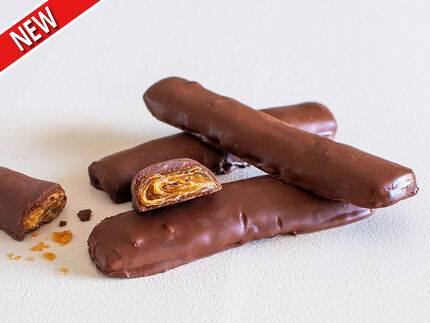


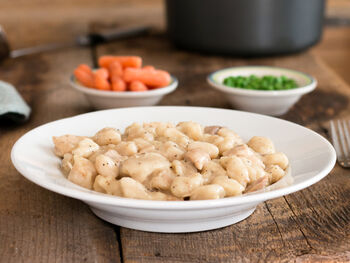

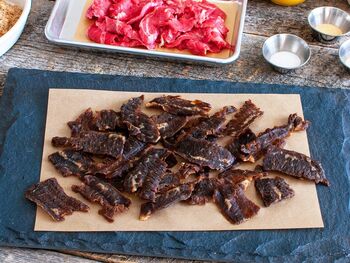
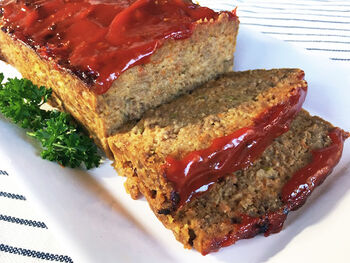
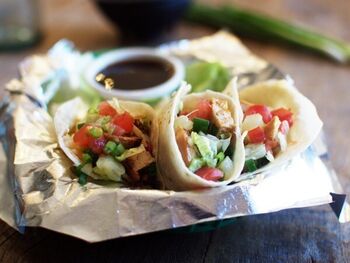
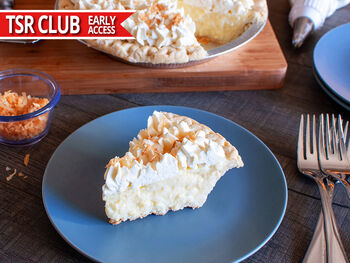

.png)


